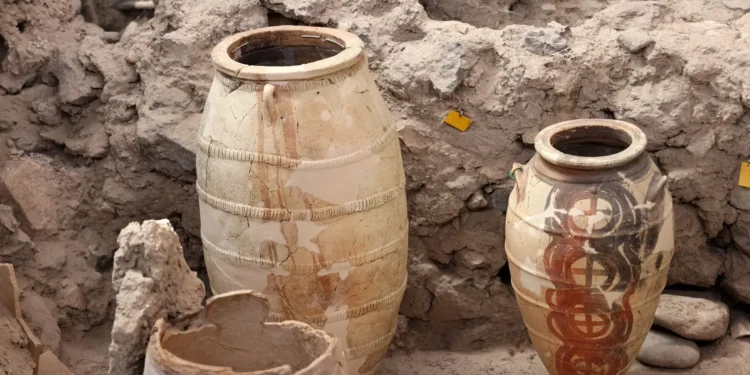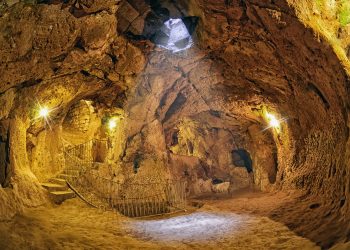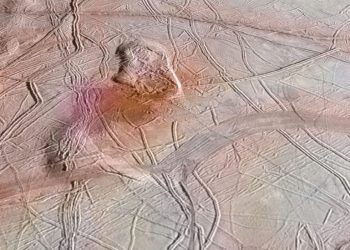An ancient disaster buried Akrotiri, the Minoan city long before Pompeii.
The name Pompeii is known around the world. Its sudden burial under volcanic ash offers a snapshot of Roman life frozen in time. But more than a thousand years earlier, another city met a similar end. On the island of Santorini, this Minoan city was destroyed by one of the most powerful volcanic eruptions in human history. What remained lay buried and untouched for over three thousand years.
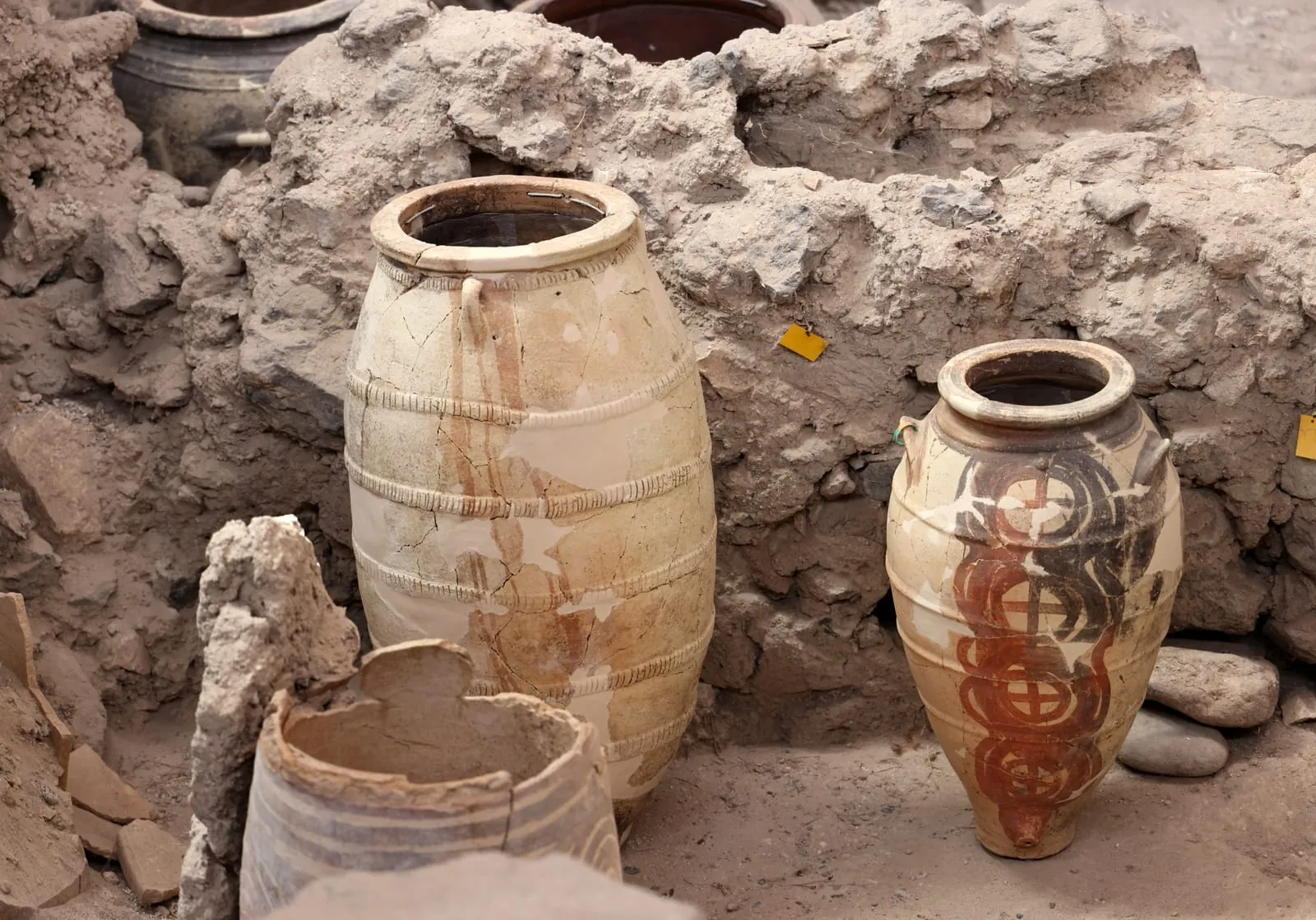
Akrotiri was a thriving port, part of the Minoan civilization that dominated the Aegean. Its narrow streets, two and three-story buildings, and colorful wall paintings suggest a well-organized and peaceful society. Unlike Pompeii, no human remains have ever been found. The absence of bodies is one of the city’s most enduring mysteries. It suggests that the residents may have escaped before the eruption, leaving behind their possessions, artworks, and homes.
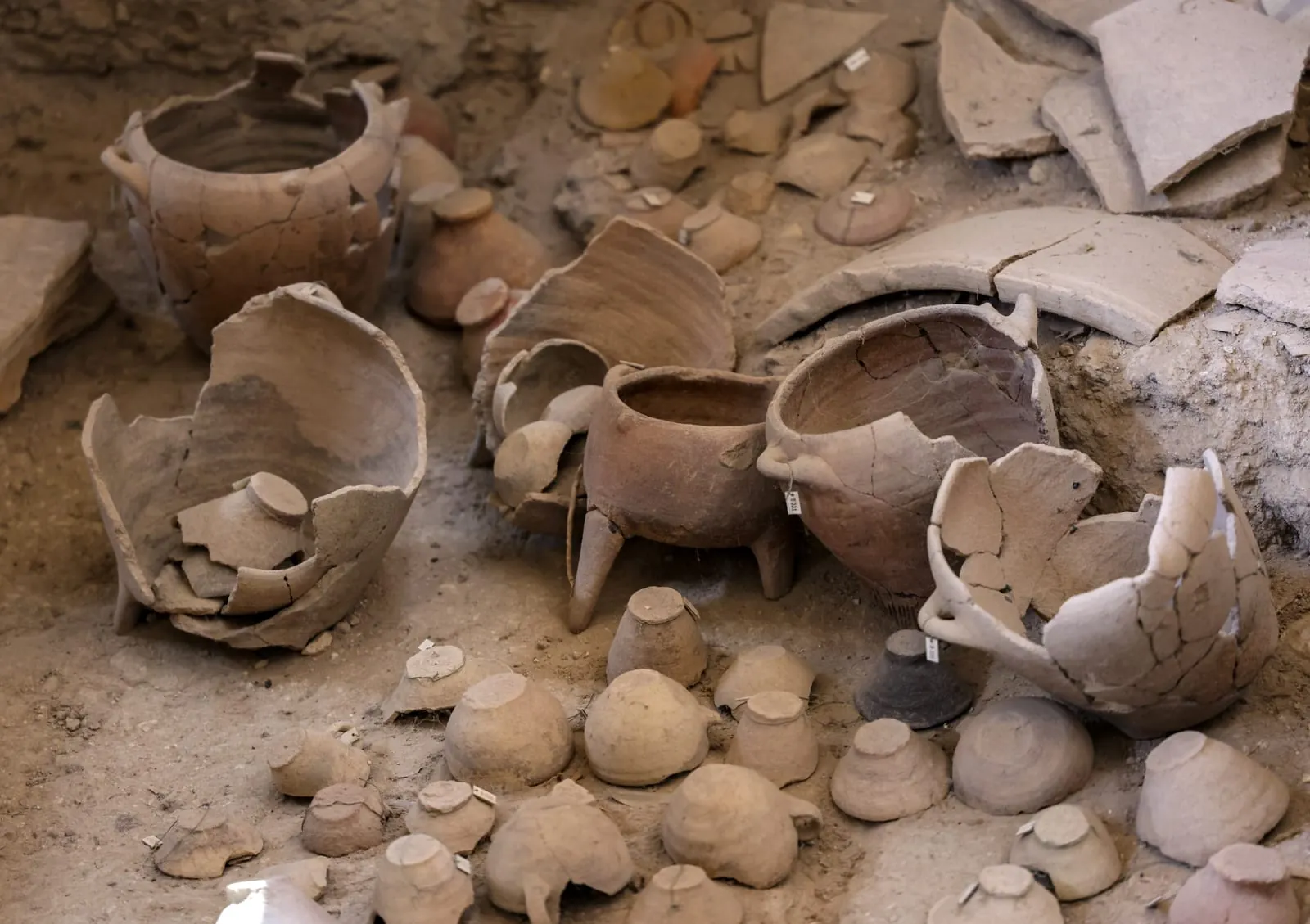
The eruption that changed everything
Around 1600 BCE, the volcano now known as Thera erupted with catastrophic force. The explosion tore apart the island’s center, sending ash and pumice across the region. The sky darkened, and the seas were disturbed by massive waves. On Santorini, the Minoan city was buried beneath a thick layer of volcanic material, sealing it off from time.
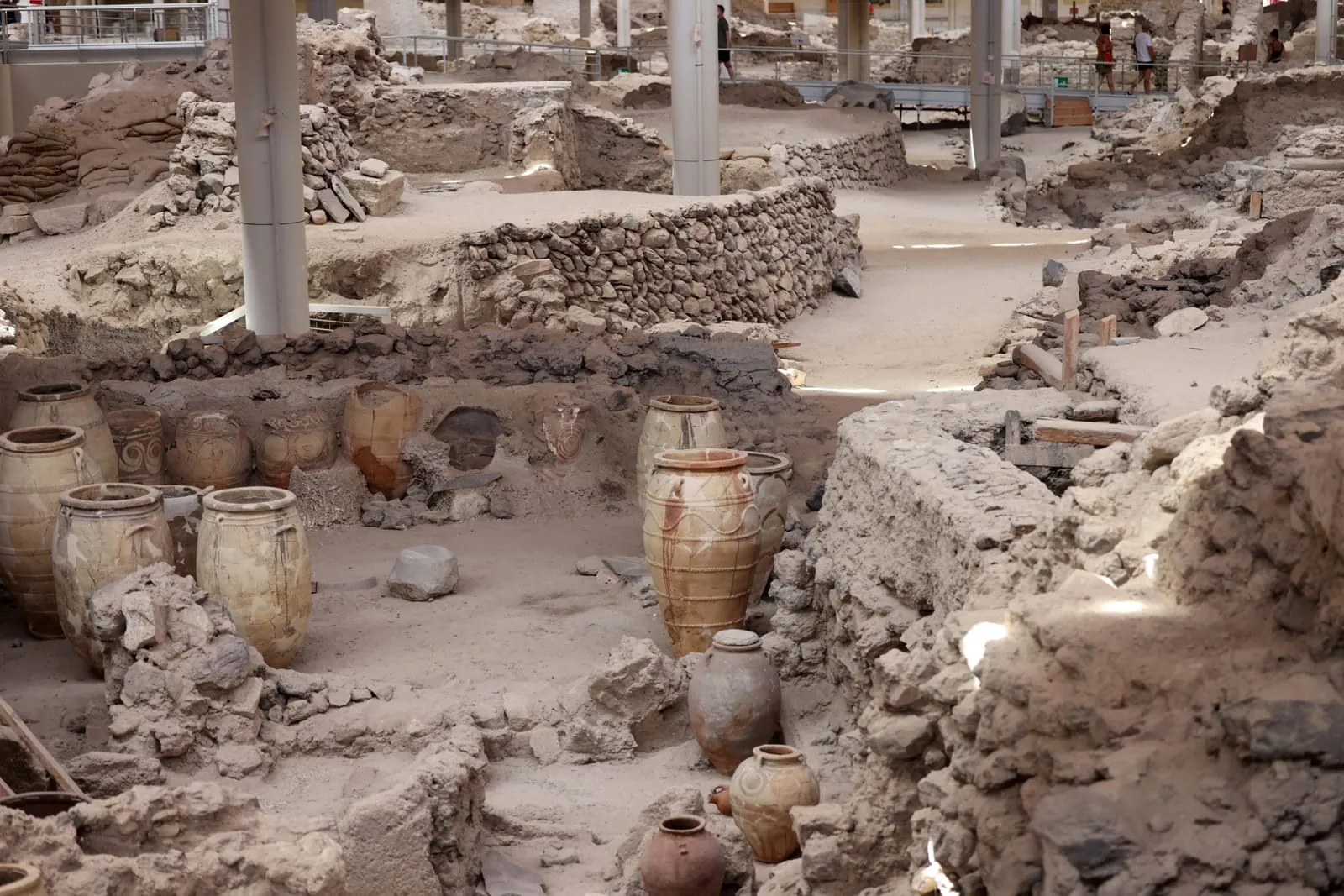
This was not an isolated disaster. The eruption likely had a wide-reaching impact. Evidence of climatic shifts has been found as far away as China. Crops failed, sunlight dimmed, and trade routes were disrupted. The event may have contributed to the gradual weakening of the Minoan civilization on Crete, which faced growing pressure in the centuries that followed.
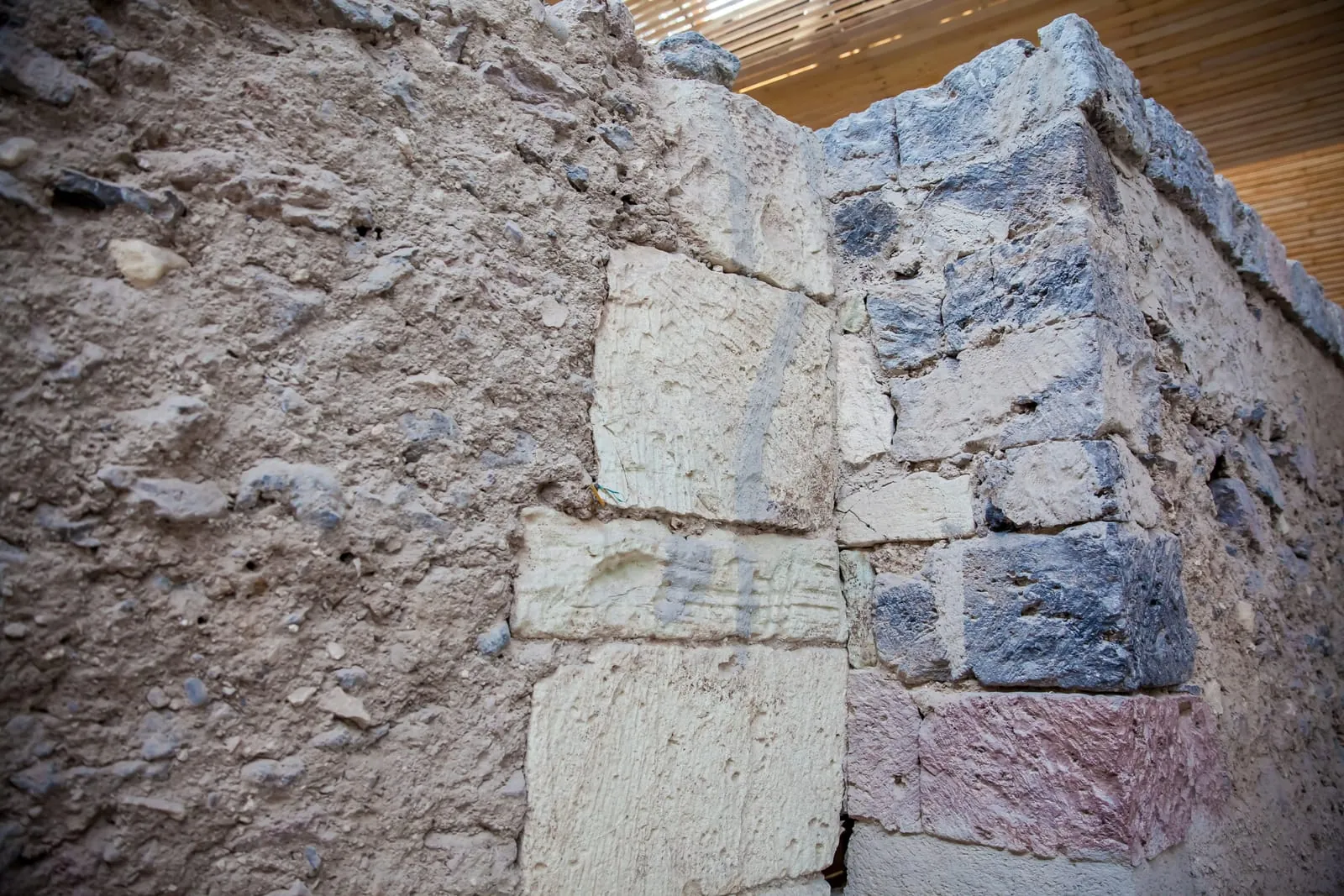
Despite its violence, the eruption preserved Akrotiri in extraordinary detail. Buildings remained standing, walls retained their paintings, and even furniture and tools were found intact. Everything was frozen in place, untouched by weather, war, or decay.
Inside a city frozen in time
Archaeologists began excavating Akrotiri in the 1960s and quickly realized they had uncovered one of the best-preserved prehistoric settlements in the world. The layout of the city revealed an advanced level of urban planning. Streets were narrow and organized, houses were multi-level, and indoor plumbing was common. Walls were decorated with vivid frescoes depicting ships, animals, rituals, and everyday life.
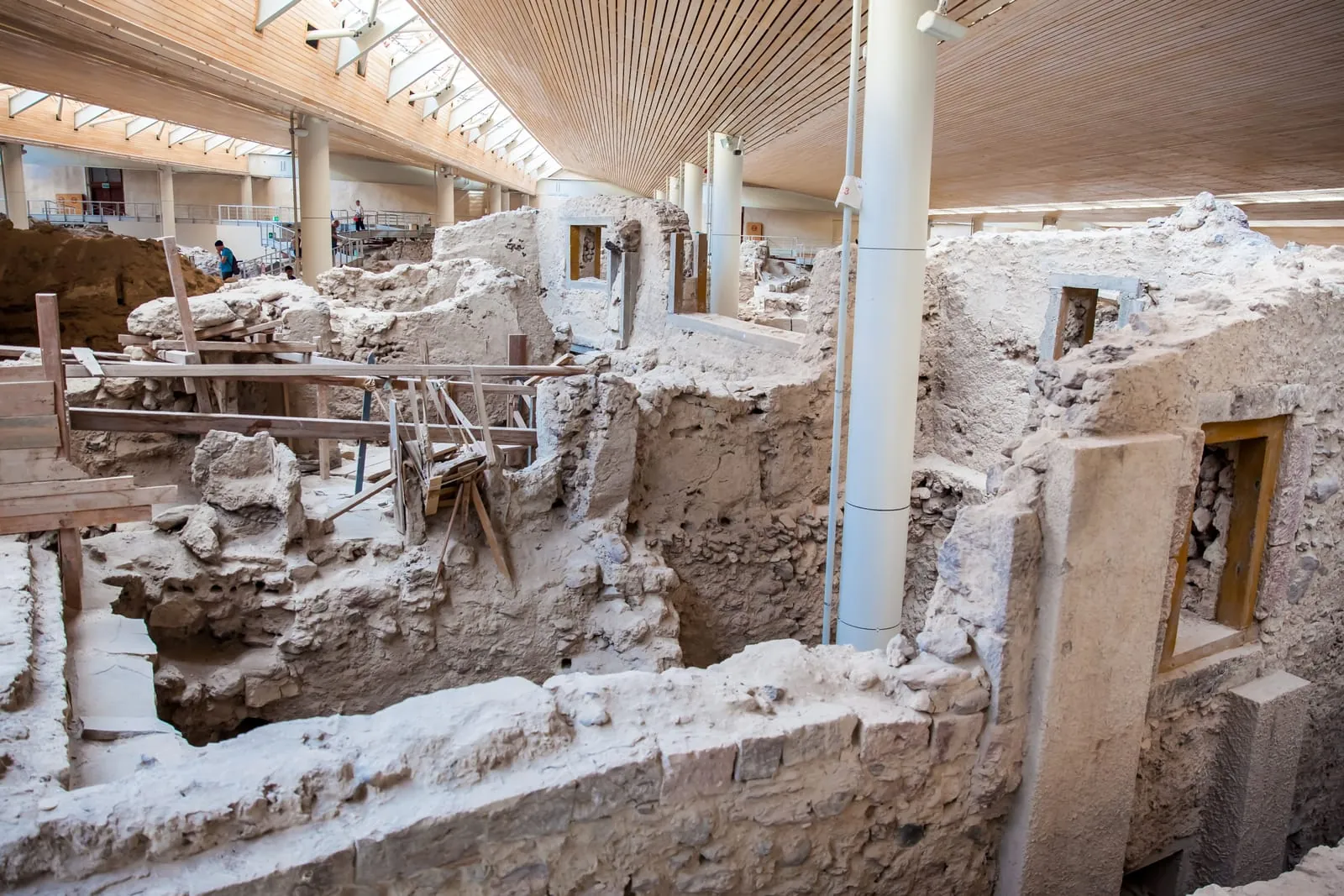
What surprised researchers most was the absence of violence. No weapons were found. There were no signs of conflict or hurried escape. Instead, the city seems to have been abandoned in an orderly way. Storage jars were left in place. Furniture remained upright. Food remnants were still inside containers. The people of Akrotiri may have received enough warning to flee before disaster struck.
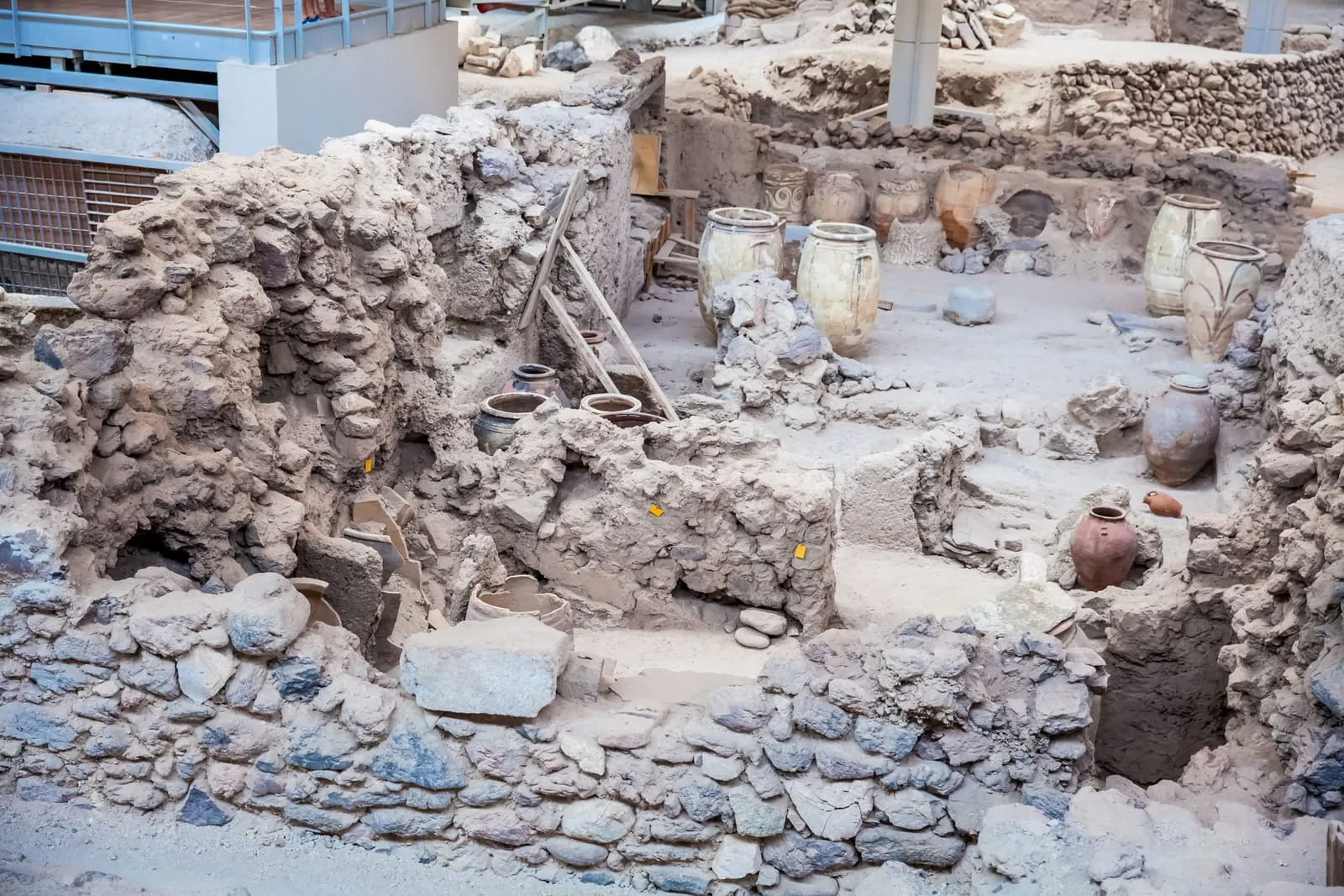
Who lived in Akrotiri and where did they go?
Akrotiri was likely a colony or satellite of the Minoans on Crete. The similarities in architecture, art, and material culture are strong. Frescoes from Akrotiri show scenes of sea travel and trade, suggesting the city was a maritime hub with wide connections. Some scholars believe that survivors may have fled to Crete or nearby islands. Others suggest they were absorbed into other communities or simply lost to history.
What is clear is that Akrotiri played a role in a larger cultural network that spanned the eastern Mediterranean. It was a place of commerce, creativity, and stability. Its sudden disappearance left a gap in the region’s story, one that archaeologists are only now beginning to fill.
Akrotiri: Complex urban centers

The rediscovery of Akrotiri has changed how historians view the Bronze Age. It proves that complex urban centers existed in Europe well before the rise of classical Greece or Rome. Akrotiri also shows that some societies prioritized art, cleanliness, and public planning without relying on conquest or war.
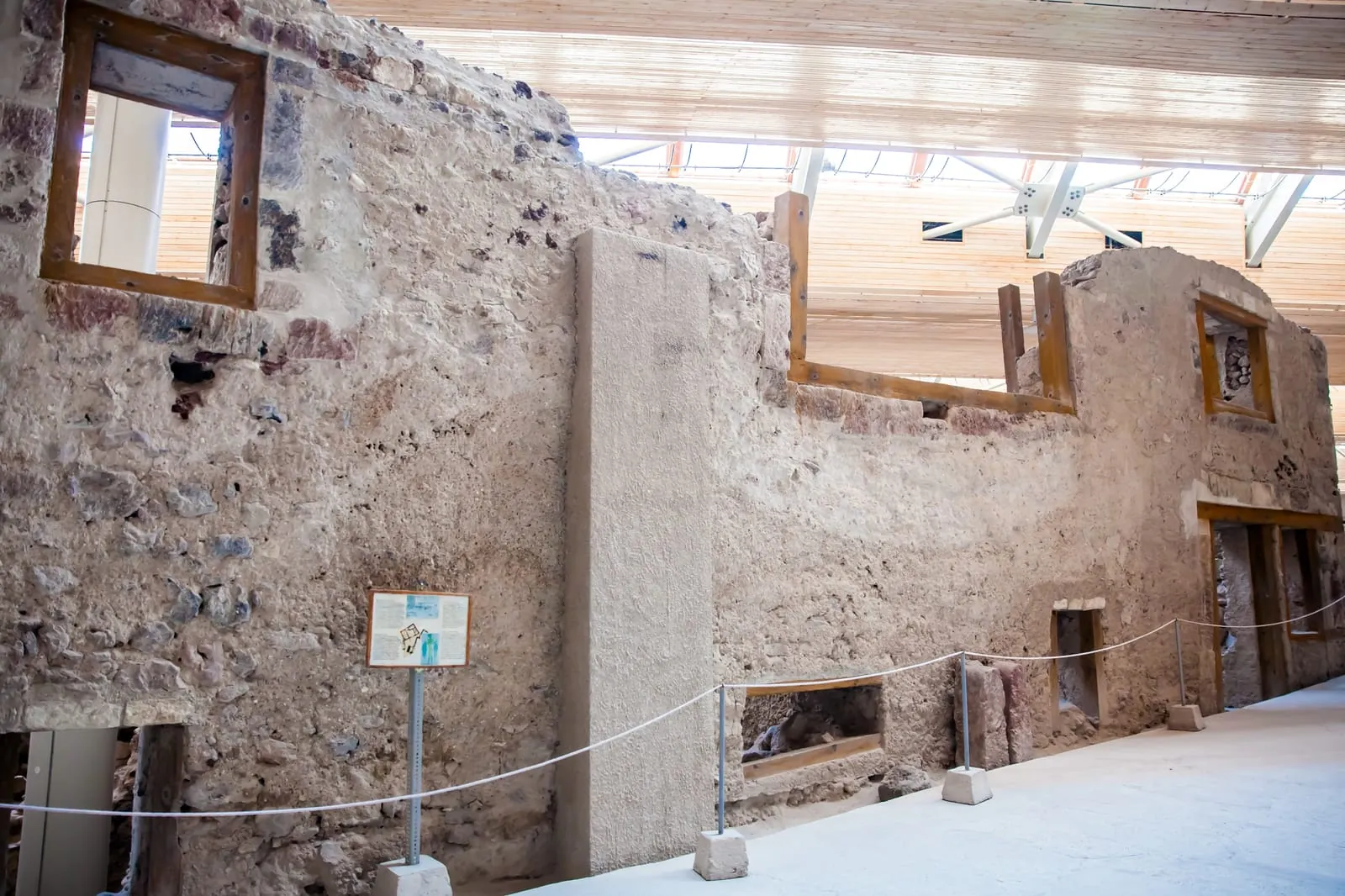
For some, Akrotiri is more than just a lost city. It is a candidate for the original Atlantis legend, a place destroyed by fire and water. Whether or not that theory holds, the city offers something more powerful: a chance to understand how people once lived in balance with nature, and what happened when that balance was broken.
That’s why I don’t see Akrotiri as just ruins. It feels like a message left behind, a quiet warning from a lost world. The empty homes, the art on the walls, the untouched jars all speak to how suddenly everything can change, no matter how advanced or stable a society might seem.



